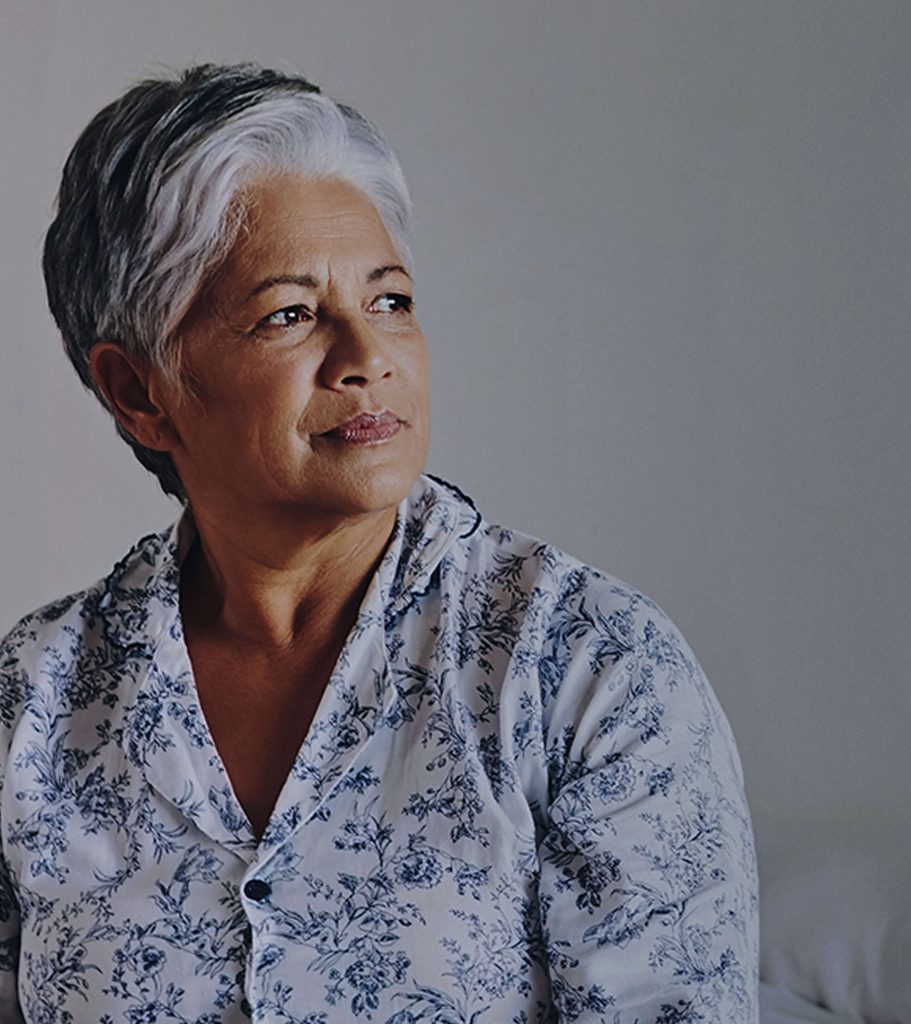“There is nothing more important than giving the gift of sight to my patients. Additional vision, and the opportunity to see 20/40 or better, means they can take care of themselves, live more independently, enjoy life, and do what they love. It also means they have a lower risk of falling and being injured, they stay socially connected, and maintain their mental health. Every letter counts when it comes to improving vision.”

Every letter counts when it comes to improving vision


Transforming Patient Outcomes
Sozinibercept Phase 2b Data Show Substantial Vision Gains
In a large prospective, randomized, and controlled Phase 2b clinical trial of 366 treatment-naïve wet AMD patients, a greater proportion of patients treated with sozinibercept, a novel, first-in-class VEGF-C/D ‘trap’ inhibitor, in combination with standard-of-care anti-VEGF-A therapy, achieved clinically significant vision gains and fewer experienced vision loss compared to standard of care.
Change from Baseline to Week 24 (ETDRS Letters, Individual Participants)
Occult and Minimally Classic Lesions (RAP Absent)
Sozinibercept is being evaluated in two fully enrolled pivotal Phase 3 clinical trials (COAST and ShORe) designed to assess the safety and superior efficacy of sozinibercept combination therapy versus standard-of-care anti-VEGF-A therapies for the treatment of wet AMD.


Connecting to Helpful Resources
People with vision-threatening diseases such as wet AMD are not alone. Get connected, learn about living with vision impairment and therapies that may help you live a fuller and healthier life.
Patient groups you may find helpful:

